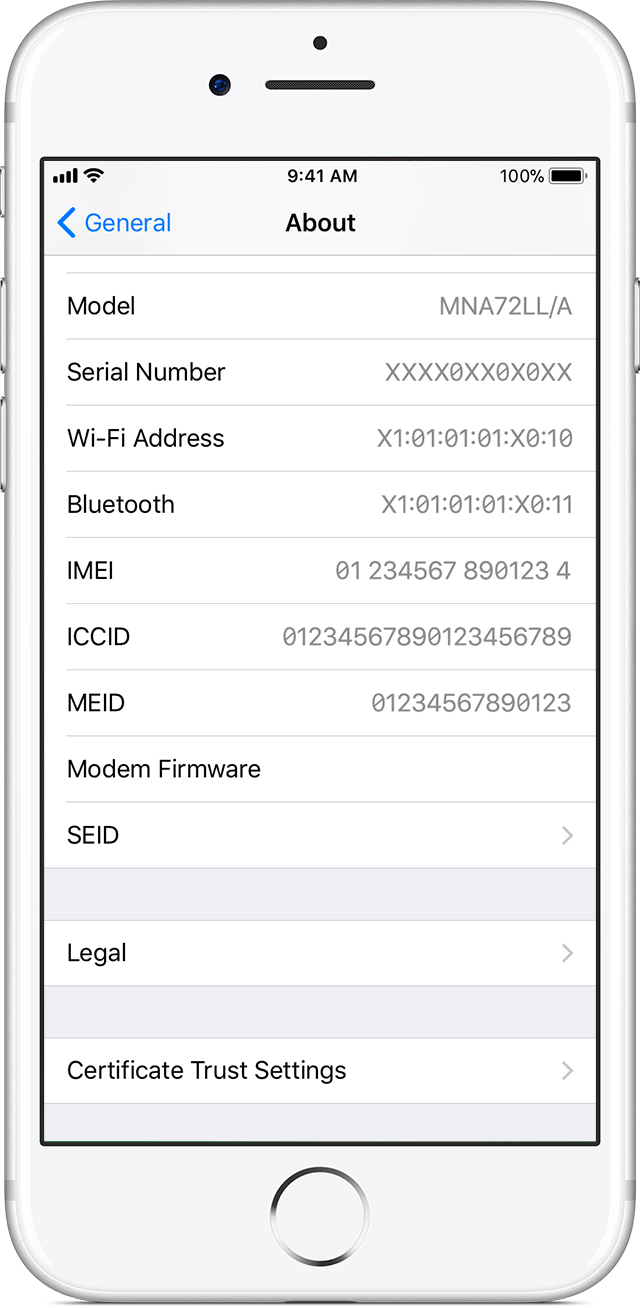
For example, if someone sends me an iMessage, and I have an iPhone, an iPad, and a Mac, that data goes from Apple’s servers and gets stored on each device. The data is all synced to all the required parties, but once there, changes to that data are not made. By default, we can consider iOS/macOS devices to be using asynchronous syncing. What’s the point of doing this if it still counts against your total storage count? This allows for “true” syncing across Apple’s ecosystem of devices. They still count against your total storage limits even though they are outside the backup. When a user selects the option pictured below, a trigger event is sent to Apple and the messages on that device (both SMS and iMessages) are backed up to a separate container outside of your standard iCloud backups. Syncing Across Apple’s Ecosystem of Devices In this blog, we’ll explore the different ways users’ data syncs across the ecosystem, how it can be retrieved, and how you can use free tools, like the MAGNET Apple Warrant Return Assistant to help. This could lead to finding retrievable data on different devices, which could be beneficial during your investigations. While not default, many users have enabled this option to back up their messages outside of their standard iCloud backup functionality.

In iOS 11.4.1, Apple introduced the feature of Messages in iCloud.


 0 kommentar(er)
0 kommentar(er)
